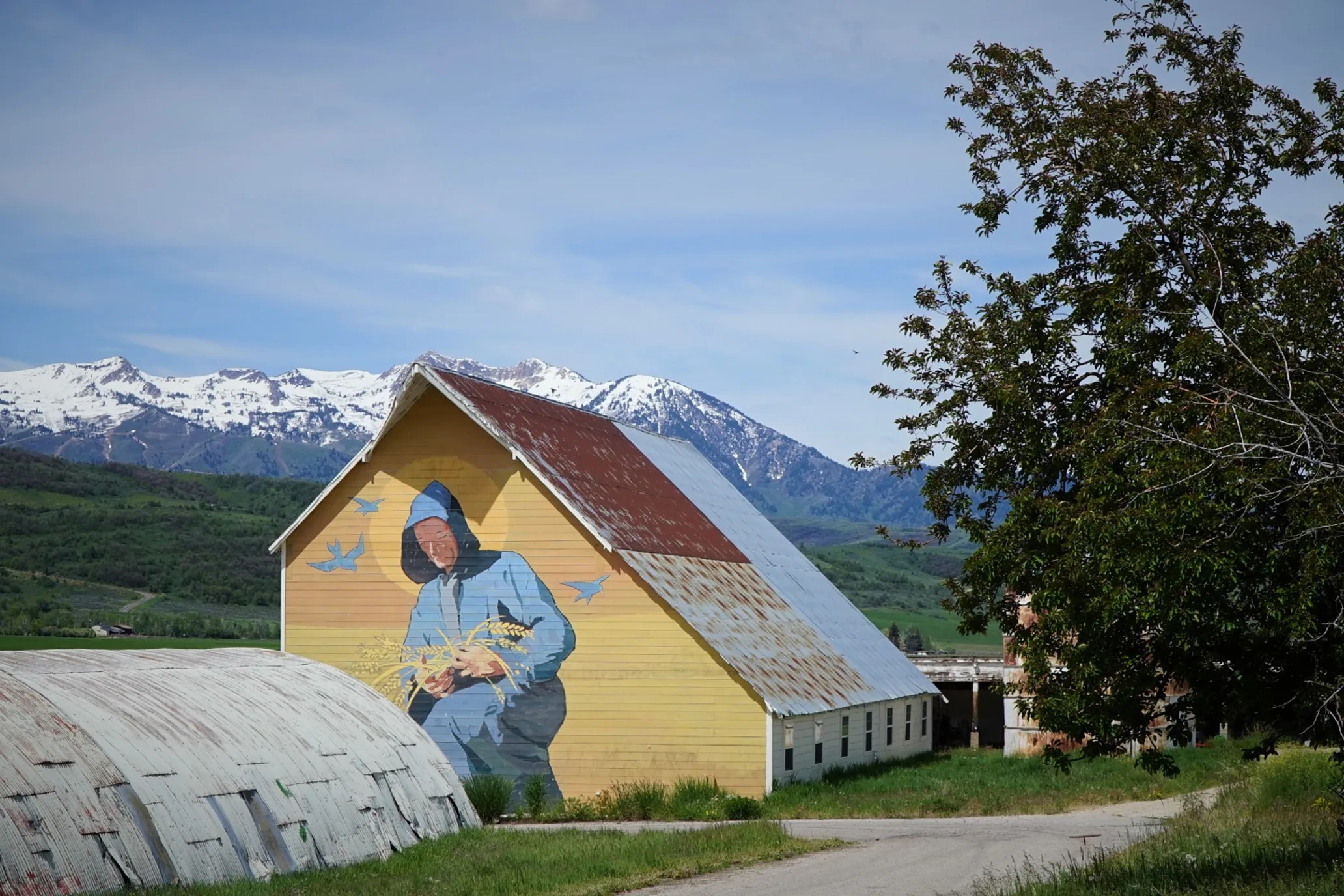This historic Utah monastery now supports working farm, wildlife habitat
A Trappist Cistercian monastery established in 1947 by World War II veteran monks, the Huntsville Monastery will provide critical winter habitat for hundreds of Rocky Mountain elk and serve as a wildlife corridor for two endangered species: the Canada lynx and yellow-billed cuckoo.

A 1,050-acre monastery in Huntsville, Utah, has been protected through a collaboration between the Summit Land Conservancy (accredited) and Ogden Valley Land Trust. The Huntsville Monastery was a Trappist Cistercian monastery established in 1947 by monks who mostly were veterans of World War II.
The monks were also active farmers, ranchers and beekeepers who sold bread, jam and their famous creamed honey. The monastery closed in 2017 when the surviving monks were too old to sustain the operation. Current owners Bill White and Wynstonn Wangsgard continue farming, including alfalfa, barley, cattle grazing and honeybees.
The Summit Land Conservancy and Ogden Valley Land Trust worked with the landowners to complete a permanent conservation easement on the property, with help from an $8.8 million grant from the Natural Resources Conservation Service’s (NRCS) Agricultural Conservation Easement Program.
Located near the sub-alpine forests in the Wasatch Range, the easement area provides critical winter habitat for hundreds of Rocky Mountain elk, contains seasonal wetlands for migratory birds, and serves as a wildlife corridor for two endangered species: the Canada lynx and yellow-billed cuckoo.
“To Father Brendan: We hope that you and the other monks feel a sense of pride knowing that your generosity will yield benefits to the people of this valley for generations to come,” said White when the land was protected. “We know that you could have developed the property and made a lot more money, but in typical monk fashion, you put the spiritual above the temporal and now all of us are reaping the benefits.”